Recovery from a personal injury takes place beyond just physical healing. Vocational rehabilitation facilitates a person’s return to the workforce, but it requires an evaluation. Being prepared is essential to completing this phase well. Recognize the procedure, obtain the required paperwork, and be prepared to talk about your talents, abilities, and professional objectives.
Being ready makes it easier to return to the workforce and lead a happy, productive life even after the injury. It’s important to approach this evaluation with confidence and clarity, concentrating on your strengths and potential. By doing this, people can make a successful return to work a reality, overcome challenges, and flourish in their jobs.
What is Vocational Rehabilitation?
Vocational rehabilitation is a service that helps individuals with disabilities or injuries return to work or find new employment opportunities through job training, career counseling, and job placement assistance. A vocational rehabilitation assessment is a significant step in this process, evaluating one’s ability to work after an injury.
A 2023 report by the National Council on Disability (NCD) found that individuals with disabilities who participate in vocational rehabilitation programs experience a significant increase in employment rates, with over 68% gaining competitive jobs within a year of completing the program. This assessment determines the type of work one can perform, the necessary accommodations, and the required training or education for new job roles.
It has a significant impact on future employment prospects and financial stability. Consult with a personal injury lawyer from a reputable law firm such as https://rosengardlawgroup.com who provides necessary support and guidance, helping you to handle the complexities of vocational rehabilitation and ensuring that your recovery plan is fair and effective. A personal injury Attorney can assist the injured in solving employment challenges and achieving their career objectives after an injury by working with rehabilitation specialists.
How can I best prepare for a successful vocational rehabilitation assessment?
Preparing for a vocational rehabilitation assessment is essential to achieve a successful outcome. Here are some steps to help you prepare:
Understand the Assessment Process
Understanding the assessment process helps reduce anxiety and improves preparedness. The assessment includes medical, functional capacity, and vocational evaluations to understand physical and mental health, capabilities, limitations, skills, experience, and job preferences.
A vocational rehabilitation counselor or specialist conducts the assessment, evaluating work-related abilities to develop a personalized rehabilitation plan.
Gather Relevant Documentation
Having all necessary documents ready can streamline the assessment process. Important documents may include:
- Medical Records: Documentation of your injury, treatments received, and current health status.
- Work History: Details of your previous employment, including job titles, duties, and duration of employment.
- Education Records: Certificates, diplomas, and transcripts that highlight your educational background and qualifications.
- Personal Information: Identification documents, contact information, and any relevant personal details.
Self-Assessment
Conducting a self-assessment helps identify strengths, weaknesses, and limitations. Reflect on physical abilities, mental and emotional state, and work preferences. Identify tasks done without difficulty, those causing pain, and cognitive challenges. Consider work interests and job roles aligning with skills and experience, informing career goals and rehabilitation plans.
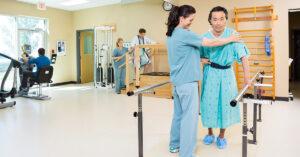
Practice Common Questions
The assessment will likely include an interview portion. Practicing common questions can help you respond confidently and clearly. Examples of questions include:
- Can you describe your injury and its impact on your daily life?
- What types of work have you done in the past?
- What kind of job do you see yourself doing in the future?
- Are there specific accommodations you believe you will need?
Dress Appropriately
Dressing professionally for the assessment can help make a positive impression and demonstrate your seriousness about returning to work.
Maintain a Positive Attitude
Approaching the assessment with a positive attitude can help you remain calm and focused. Remember that the goal of the assessment is to help you, not to judge you.
Be Open to Suggestions
Be open to the recommendations provided by the vocational rehabilitation specialist. They are there to assist you in finding the best path forward, even if it means exploring new career opportunities or undergoing additional training.
What are the Key Components of the Vocational Rehabilitation Assessment?
The vocational rehabilitation assessment is a comprehensive process that evaluates an individual’s ability to return to work after an injury or illness. The key components of this assessment include:
- Medical Evaluation: A thorough review of the individual’s medical history, current health status, and any ongoing medical needs.
- Functional Capacity Evaluation: An assessment of the individual’s physical capabilities and limitations, including strength, endurance, and range of motion.
- Vocational Evaluation: An examination of the individual’s work experience, skills, and education to determine their ability to perform specific job tasks.
- Psychological Evaluation: An assessment of the individual’s mental health and emotional well-being, including any cognitive or behavioral challenges.
- Personal and Social Assessment: An evaluation of the individual’s personal and social circumstances, including their support system, daily living activities, and leisure activities.
- Job Analysis: A detailed analysis of the individual’s previous job duties and requirements to determine their ability to return to their previous occupation.
- Transferable Skills Analysis: An assessment of the individual’s transferable skills and abilities that can be applied to new occupations or industries.
What Are the Next Steps in the Rehabilitation Process?
After completing the vocational rehabilitation assessment, the next steps are important in determining your future employment path. Here’s what you can expect:
Developing a Rehabilitation Plan
Based on the results of your assessment, a vocational rehabilitation plan will be created. This plan outlines the steps needed to help you return to work, including any necessary training, job placement services, and accommodations.
Engaging in Vocational Training
If the assessment indicates that additional training or education is needed, engage fully in the recommended programs. This training can enhance your skills and improve your chances of finding suitable employment.
Job Placement Services
Utilize job placement services offered through vocational rehabilitation programs. These services can help you find job openings, prepare for interviews, and secure employment that matches your abilities and interests.
FAQs
What should I do if I disagree with the assessment results?
If you disagree with the assessment results, discuss your concerns with your vocational rehabilitation counselor. You may be able to request a reevaluation or seek a second opinion.
How long does the vocational rehabilitation assessment process take?
The duration of the assessment process can vary, but it typically takes a few weeks to complete all evaluations and develop a rehabilitation plan.
Conclusion
Preparing for a vocational rehabilitation assessment after a personal injury is an essential step in your journey to return to work. By gathering relevant documentation, understanding your injury and limitations, and approaching the assessment with honesty and positivity, you can set the stage for a successful rehabilitation process. Work closely with your vocational expert and personal injury lawyer to ensure that your rehabilitation plan aligns with your needs and goals.


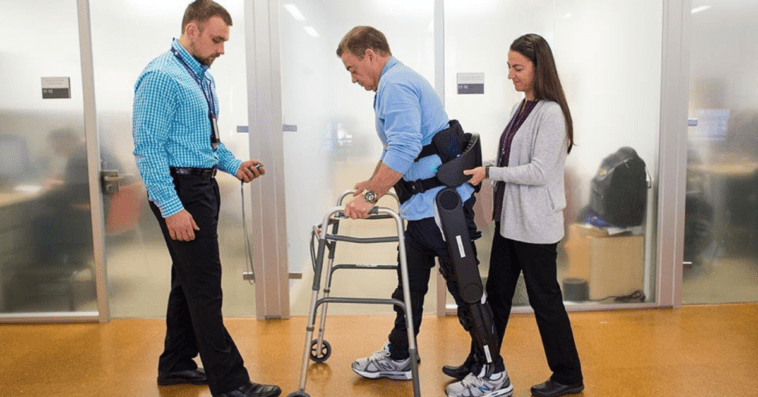
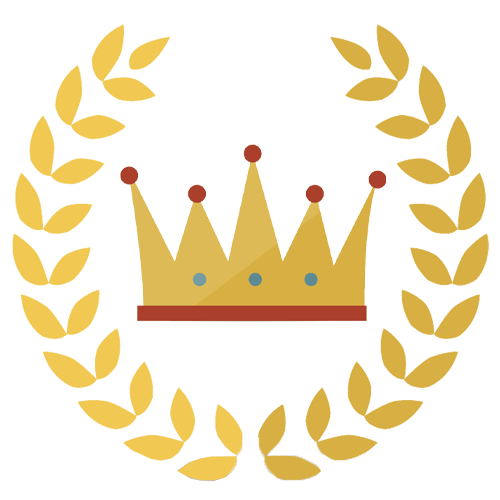
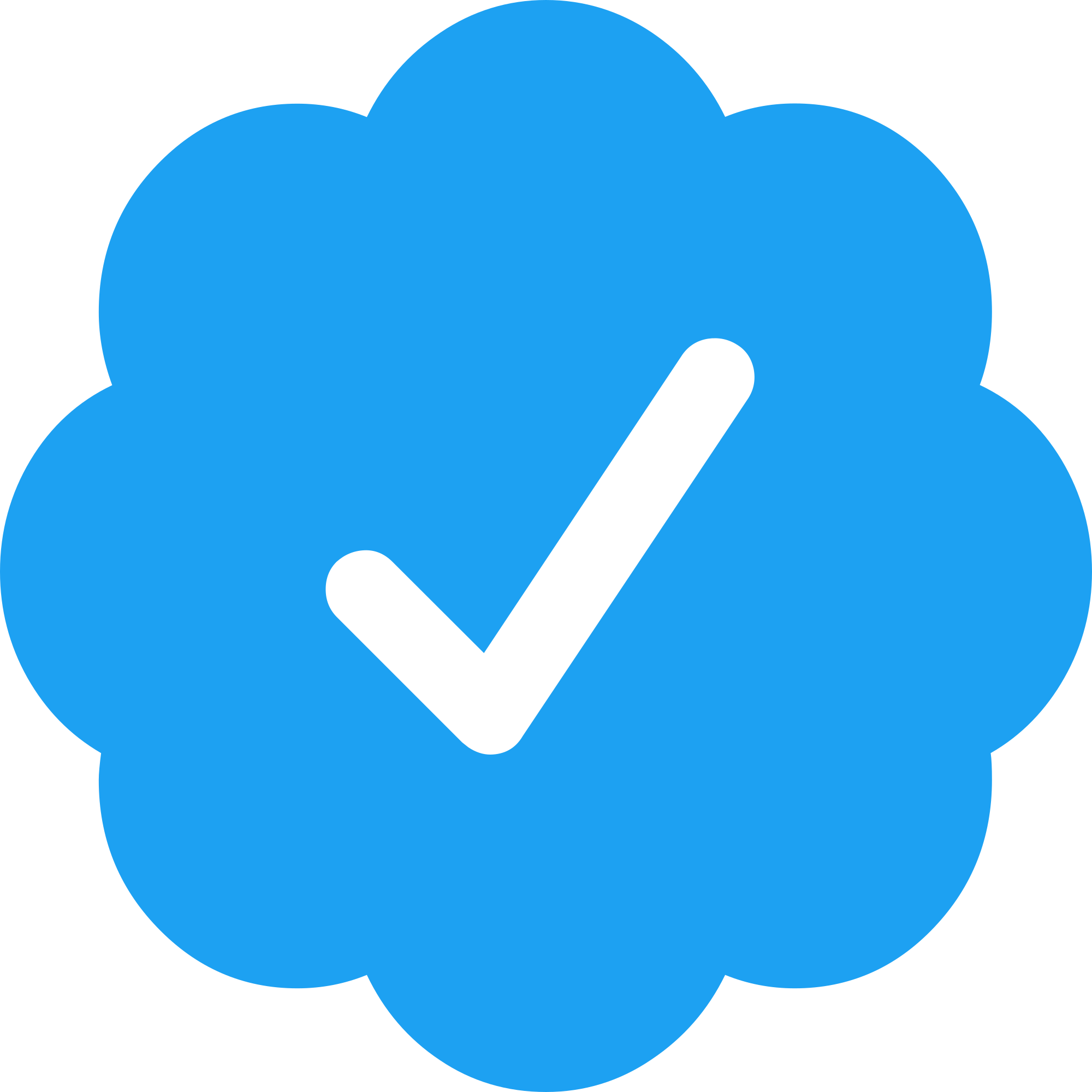
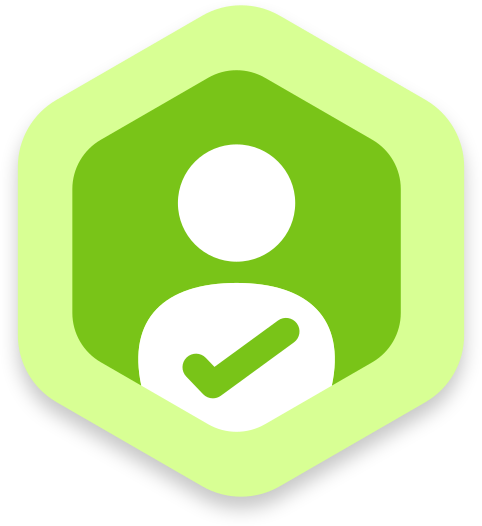
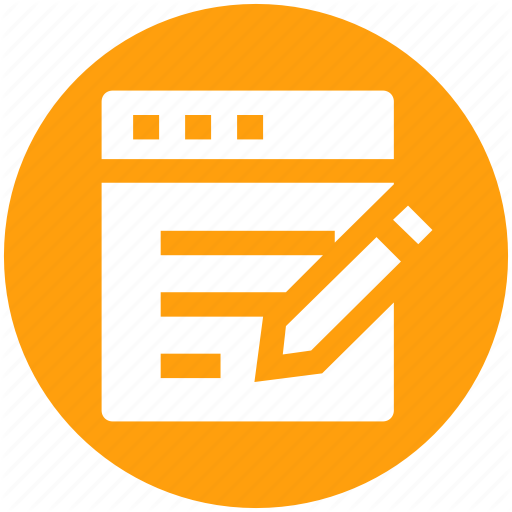

Comments